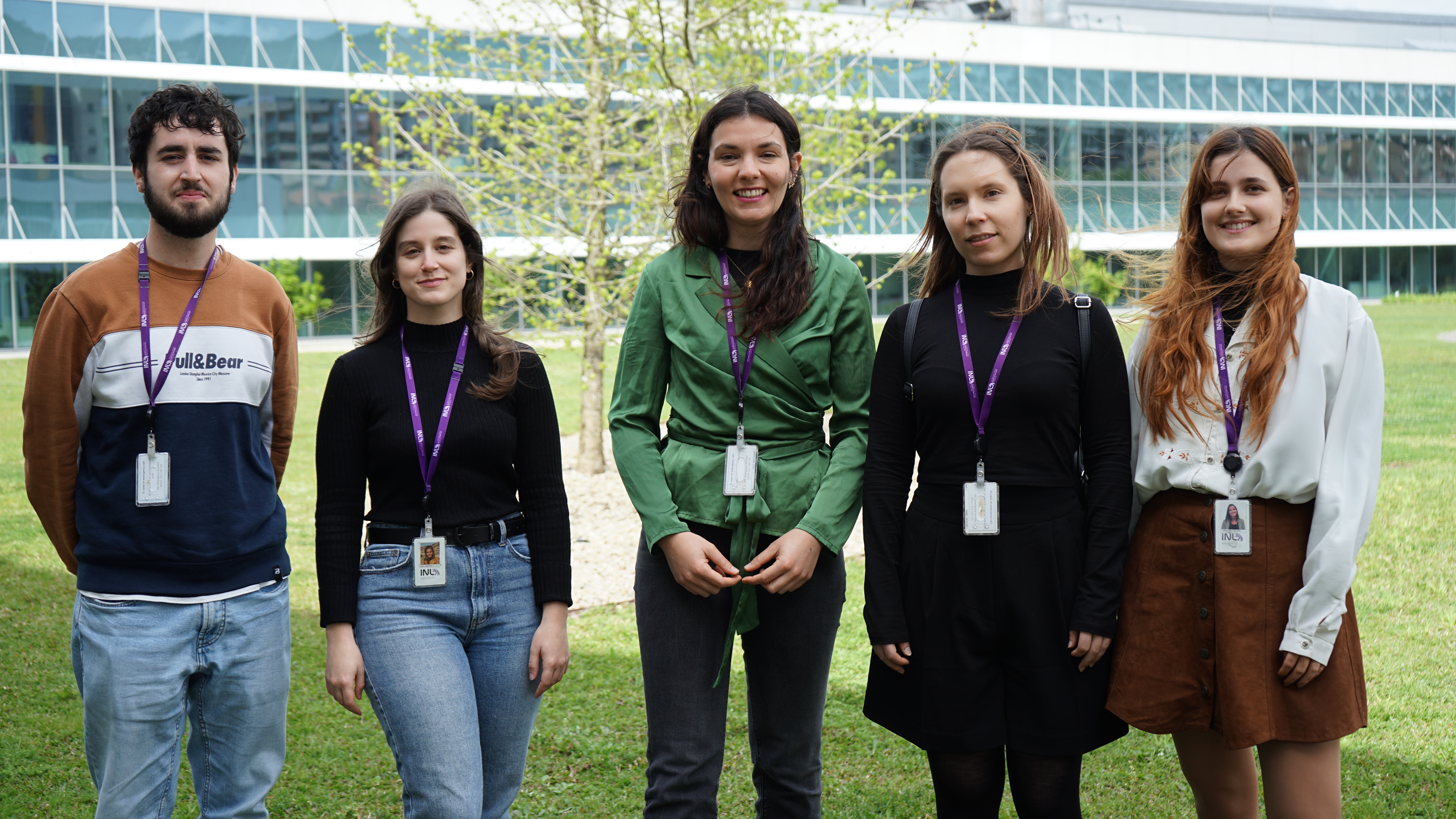In a recent study conducted by INL researchers, in collaboration with University of Alcalá, Madrid, it has been revealed that greenhouse plastic cover films, commonly composed of polyethylene (PE), are releasing microplastics into the environment during their usage, significantly impacting ecosystems. Microplastics are tiny plastic particles that can result from commercial product development or from the breakdown of larger plastics, and may take hundreds or thousands of years to decompose. Microplastics, defined as plastic particles smaller than 5 millimeters, and nanoplastics, typically smaller than 1 micrometre, have been identified in various ecosystems, including water bodies, soil, and even food and beverages. Their ability to penetrate biological barriers and interact with organisms raises significant concerns about their long-term impacts on biodiversity and human health. The study was conducted over a six-month period in Almeria, Spain, where extensive greenhouse farming is practiced, to better understand the consequences of plastic degradation. Most vegetables grown in these greenhouses are sown and harvested within 6 months, and water analysis was performed at several time points. Researchers from the Water Quality research group at INL and the University of Alcalá applied advanced characterisation techniques to assess the chemical fingerprint, size distribution, and concentration of plastic particles released […]
Read more


